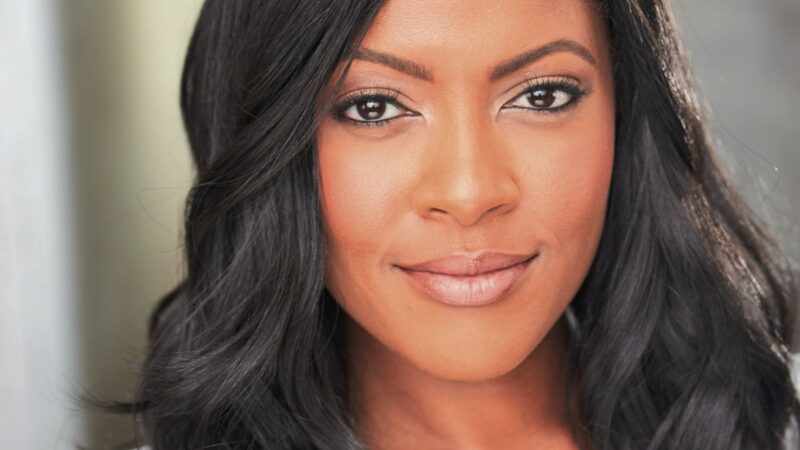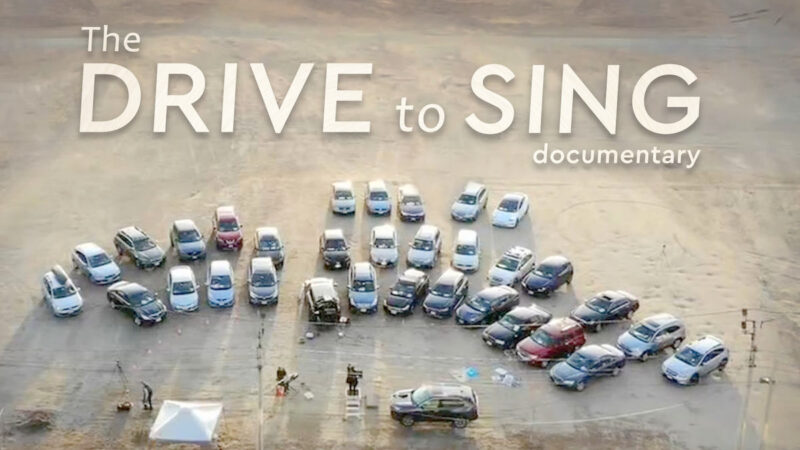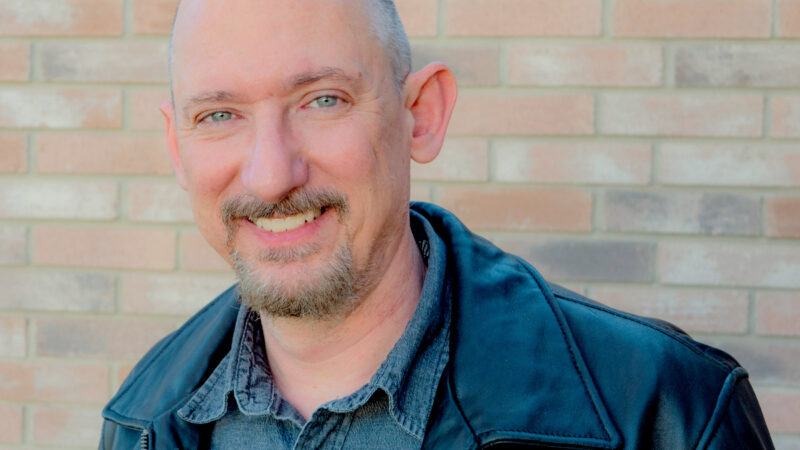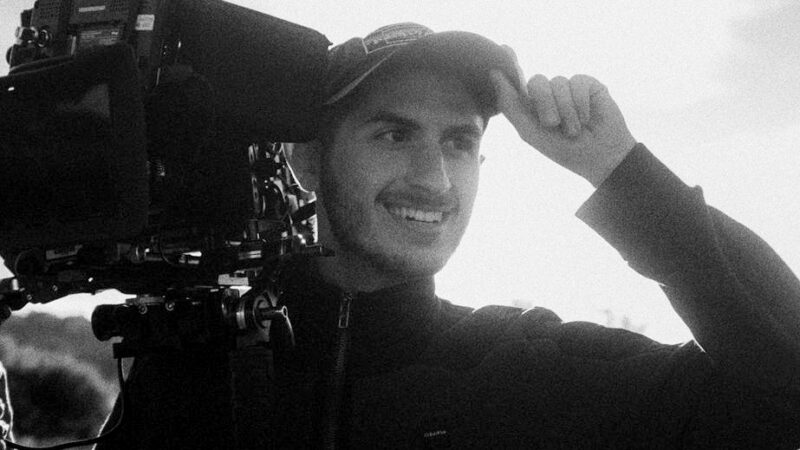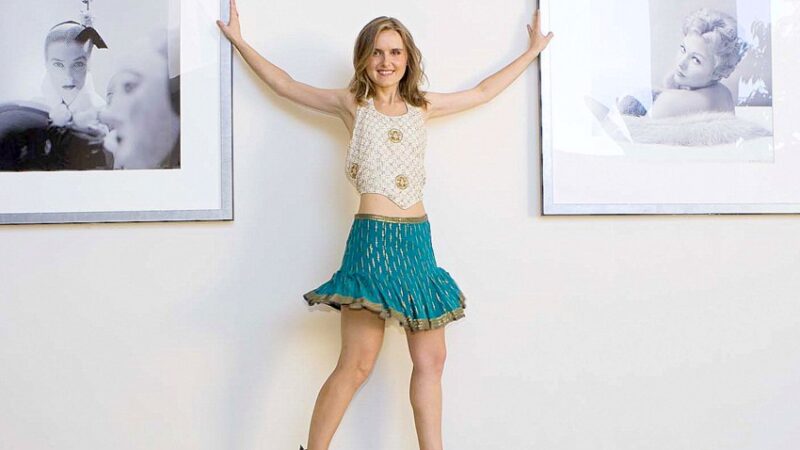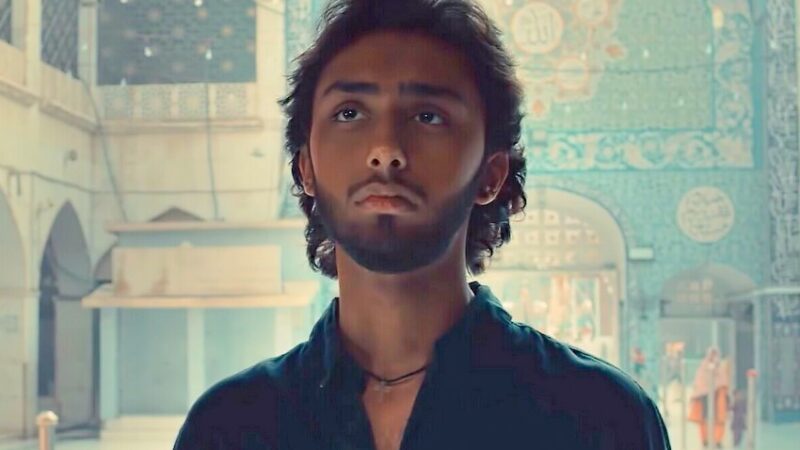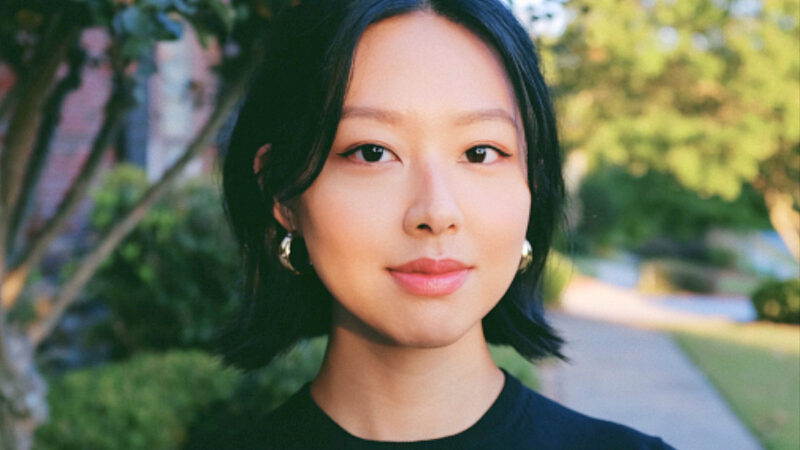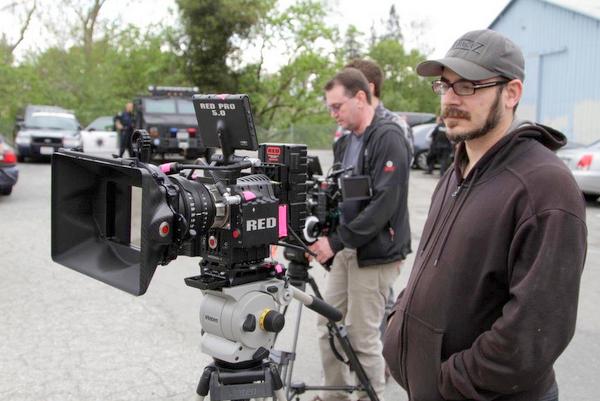
Jason Ragosta started his career as a storyboard artist at a stop motion animation studio, called Wreckless Abandon Studios in East Granby, CT. From there he moved to San Francisco and worked at the Academy of Art University, first as a film equipment tech before managing a sound stage for Diane Baker (Actress; Marnie, Silence of the Lambs) for several years.
Jason Ragosta was then fortunate enough to be hired on as an editorial office production assistant on Disney’s John Carter for a year, where he got a chance to see how big budget films are made and was able to work alongside some of his filmmaking heroes such as writer, director Andrew Stanton and the supremely talented concept artist, Ryan Church.
After John Carter, Jason Ragosta made the move into independent film by serving as a writer and director of photography on his friend Albert Lopez’s short film Love Hurts, followed by writing, directing, and shooting his own short film Boy in the Dark, which was a fictional story based on his childhood, inspired by the opening of a TEDx Talk he gave in 2015. Currently Jason is working on his first feature film, it’s a character driven post apocalyptic horror film called ZTV: The PreZerve.
indieactivity: Did you study what you do?
Jason: I was home for summer break after my third year of college, majoring in illustration at the Maryland Institute, College of Art. I was sitting in my parent’s kitchen, when I had a momentary crisis where I just couldn’t see myself working professionally as an illustrator. I asked myself, what makes you happiest? What in life has brought you the most joy?
The Answer came instantly. It was movies. Ever since my father took me to see my first movie in a theater, it was pure magic for me. Once the decision was made on my new career path, my obsessive compulsive side kicked in. I bought every book I could find on filmmaking. I took a video course at MICA, which was analog SVHS tape to tape editing back then.
I sought out an old camera shop and bought an old-school, wind-up, non-reflex Bolex 16mm film camera. Because I couldn’t actually see through the camera while shooting, I built a custom wooden tripod sled that would allow me to compensate for the horizontal and vertical shift of the Bolex’s lens when it rotated from the viewing to shooting position.
I shot a black and white music video I called Love Your Machine set to a David Bowie song (I believe it was from David Lynch’s Lost Highway soundtrack) followed by a color, stop-motion short, called LIM’s Inter-dimensional Adventure which centered on a stitched leather (over plasticine and wire armature) Lizard-Monkey who woke up to embark on a super-meta adventure where his reality cracks open to leave him wandering around his creator’s apartment.
Lim meets his god, hear’s sound effects from 2001: A Space Odyssey’s Obelisk and finds himself relieved to wake up back in his own reality. Hey, we all have to start somewhere, right?
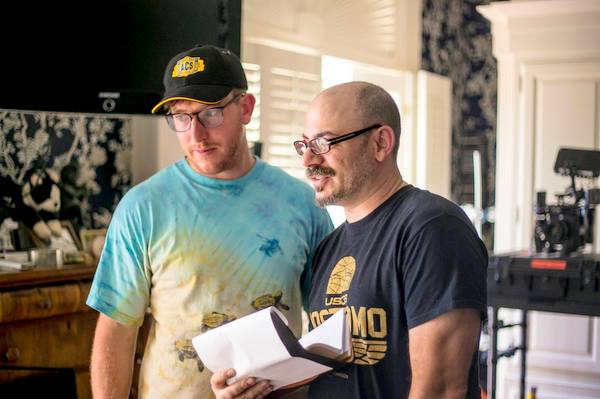
Jason Ragosta on set of UhOH (BTS with Pascal Combes-Knoke)
indieactivity: What is your filmmaking process?
Jason: When I started out as a director, I used to storyboard and craft each frame. I strove for perfection with each of my compositions. When editing, the shots looked fantastic individually, but when they were cut together the result was stagnant, the actors came off more like props, or furniture, rather than living, breathing characters.
One day, I showed up to work at the soundstage, and my writing / directing mentor, Michael Braverman (TV Show-runner, Creator; Life Goes On / Exec Producer; Chicago Hope, Beverly Hills 90210) Tossed me the script for a scene that had four active characters in a complex and dynamic argument. I looked at him and said I hadn’t prepared anything – Storyboards, a shot list, anything. He replied, Exactly. It was the single best thing that could have ever happen to me as a director. I learned how to discover the scene with the actors in a proper blocking rehearsal.
I also learned how to dynamically shoot the scene and do the math in my head to determine the appropriate amount of coverage and how to respect the 180 line, to make sure the scene cut together properly in post.
indieactivity: Tell us about the work you have directed?
Jason: I believe the key to great work is to hire the most talented crew and cast possible and to give them creative liberty to plus the project in their particular role or department. A director’s job is to guide all of the disparate elements and personalities into some kind of harmony. The director is there to inspire, encourage, and lead their collaborators so they don’t wander too far from the narrative thread of the film. I don’t believe in micromanaging people, and to date,
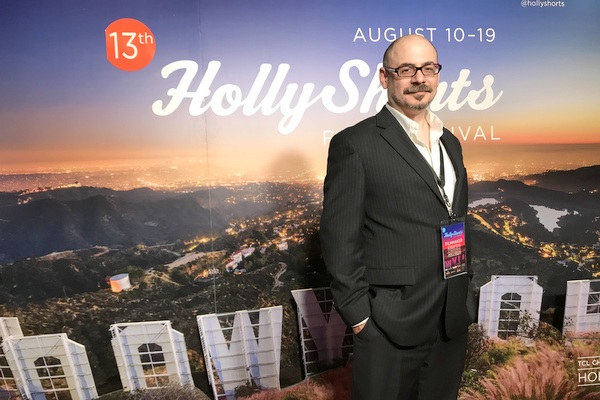
Jason Ragosta at the HollyShorts
I can confidently say that by allowing my cast & crew to be creatively invested in the projects, they have almost always exceeded my expectations. A great example of this is the Diana creature makeup in my short film, Boy in the Dark. I had done concept art and spoken at length with Margaret Caragan Aldrich (Special Makeup FX Supervisor; Pandora Fx) and Rachel Dagdagan (Costume Designer) and all three of us were working on different pieces of the prosthetics, costume, and accessories that came together for the first (and only) time on the day of the shoot.
I honestly had no idea what to expect, but I trusted in Margaret and Rachel. They rewarded that trust by delivering a practical effects character that exceeded my wildest dreams.
indieactivity: Do you take courses to increase you craft?
Jason: I intend to never stop learning. One of the great things about managing the sound stage at the Academy of Art for so many years is that I sat through hundreds of Acting and Directing classes. I even tried my hand at acting for a few years (and really enjoyed it).
The experience of acting made me an exponentially better writer and director. Acting gives you a different relationship with the material you are creating. It also gives you much greater insight into how to communicate with your actors, because you’ve been there yourself, and have more context of what they’re going through.
It also helps you know when to leave them the hell alone, when to push them, and when to pull them aside for a moment to feed them an insight or physical activity that could help give more dimension to their performance or the scene. In the last year, I have also had the good fortune to take a one on one film business course with Franco Sama of Samaco films. This taught me how to properly approach packaging, financing, and distributing a feature film, which has allowed my producer, Marisa Garay, and I to build our feature horror film, ZTV: The PreZerve with an eye towards distribution from the start.
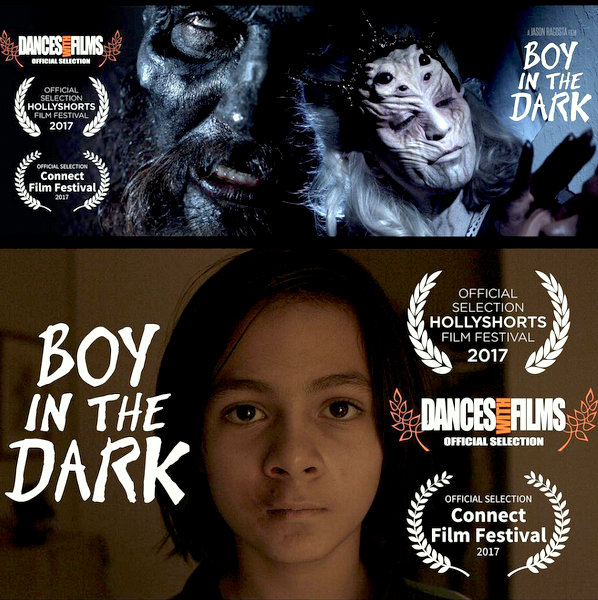
Boy in the Dark Festival
Marisa and I also took the time to go to the American Film Market (AFM) last year which was a fantastic learning experience that gave us a much better idea of how to approach distributing our feature film. Since then, we have also secured distribution for my short film, Boy in the Dark, with the Meridian Releasing Group. It will be released as part of a 90 minute anthology of shorts on Blu-ray, DVD, and all major VOD platforms.
indieactivity: Why will you choose an actor, writer or producer. What do you look for?
Jason: I chose to partner up with my producer, Marisa Garay because she is motivated and extremely capable at her job. Over the last couple of years, we have worked together to build the infrastructure and a core crew that is now enabling us to take on larger projects. When Marisa says she is taking care of something, it gets done. I’ve seen her move mountains through sheer force of will.
When it comes to working with actors, I like to have a mix of familiar faces and new ones on each project. It helps me, when I’m writing, to put a face on my characters. I love writing characters for actors that I know, especially when they are people I enjoy working with.
With our current horror feature, ZTV, Marisa and I are hoping to cast some recognizable faces in key roles. I am also hoping to cast at least one recognizable cult horror actor or actress. I would love to have our post-apocalyptic zombie film have that kind of connection to the films I grew up on. Cult horror holds a special place in my heart.
indieactivity: How do you combine directing and writing?
Jason: When you are writing and directing an Indie film, you start directing when you start writing. What you write determines the scale and the budget for what you can afford to shoot. This gives you total control to dial in the size of your production, which is great, but it also means you can get too close and be blinded by the material, making it difficult to be objective.
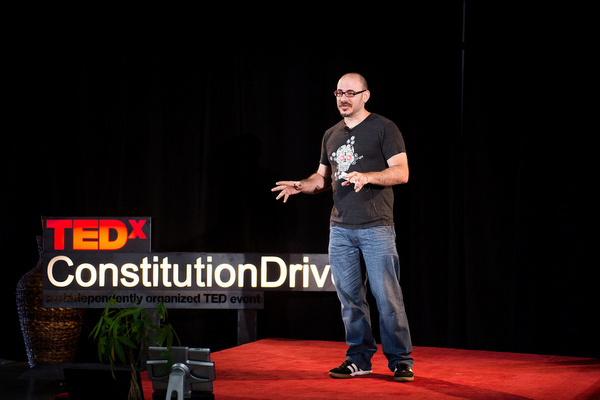
Jason Ragosta speaking at Tedx
This is why it’s so important to take a step back from what you’re writing and get feedback, from people you trust. Also, as the director of the film, it is important that you try to forget that you were the one who wrote the script when you are marking it up or writing notes for revisions. My advice is to treat your script like a stranger wrote it. I’ve seen friends run into similar trouble in post-production when they are both directing and editing their film, which is why I am quite happy to leave the editing to my editor and stick to analysis and notes until we’ve locked the cut.
indieactivity: How did you get into the film business?
Jason: Having gone to college for illustration, I got into the film business as a storyboard artist, which expanded to doing concept art at the stop motion animation studio, Wreckless Abandon Studios. Because it was stop motion, once the storyboards were finished there wasn’t much for me to do, so I expanded into set and prop construction and was trained by our Director of Photography, John Loos, as a 1st Assistant Camera and grip.
This was right before DSLR’s took over, so we were shooting on 35mm Mitchell rack-over film cameras. From there I worked as a first assistant camera and art director on several Indie film, commercial, and music video projects which led to me writing and directing smaller projects of my own. After directing a pair of internal pre-production BTS videos for Disney’s John Carter, I was hired on for a year to work as an editorial office production assistant, which was an amazing experience that allowed me to see how massive blockbuster films are made.
When my time on Carter ended, the scale of the projects I was creating grew, until I managed to write, direct, and shoot Boy in the Dark, my first official short, which premiered at the Dances With Film Festival in 2017, as well as being screened in the Hollyshorts Festival and the Connect Film festival, where it was also nominated for an Apollo Award.
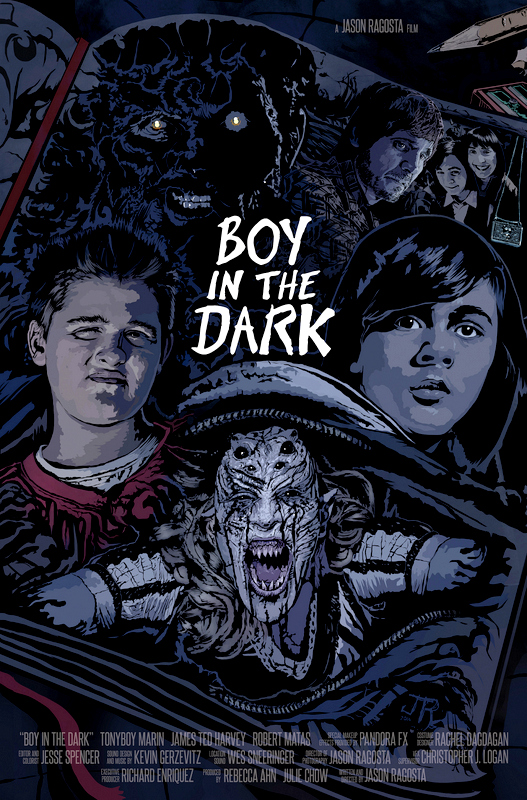
indieactivity: How do you turn an idea into a screenplay?
Jason: Some ideas spill out as a brain dump of initial notes. Some start as images or sketches. After that initial spark, I generally leave the idea alone for a couple weeks and let it cook, jotting down any story bits or character stuff as it comes to me on its own. Once I feel I have enough notes, I sit down and write a basic outline. Generally it ends up being around 3 -7 pages.
After that, I do in depth character bios, which allows me to get to know my characters better. It also gives me solid information on their backgrounds and their connections to the other characters that allows me to be very specific with their actions and dialog when I am writing them. I use this to expand and refocus my outline. Once that draft of the outline is completed, I am generally ready to start writing the script.
indieactivity: Explain your writing process?
Jason: Once I have a solid outline, I copy and paste it into Final Draft and break it up with scene headings. At that point it’s time to put some serious work in, so I go to my local coffee shop (every day I can), put on noise canceling headphones, put my writing mix on blast, and try to tear through as many pages as possible a day.
This leads to the initial assembly draft of the script. I can usually tear through 5-12 pages on a good day. On days when the words refuse to come out, I read. Books, Graphic Novels, my Kindle, interesting articles, whatever keeps fuel in my creative tank.
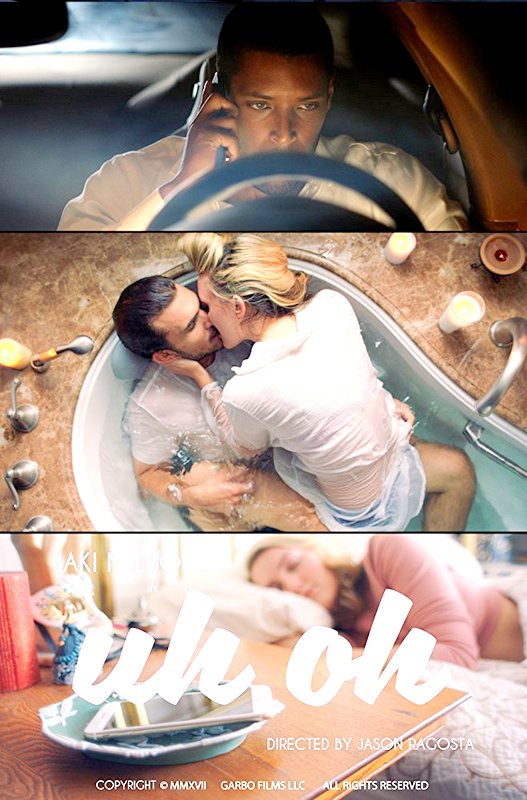
Once I have the assembly draft, I print out a hard copy of the script and mercilessly attack it with red felt-tip pens. Then come the revisions. Once I get to a decent rough draft I send it to some trusted fellow writers and collaborators for notes. Followed by revisions that lead to a polished first draft, which, depending on whether we’re entering pre-production on that project, I’ll send it to my department heads to get cracking on preparing for production.
Several revisions happen over the course of pre-production, casting, and acquiring physical locations that leads to the shooting script, at which point we finally get to shoot the film. The final revisions happen in the editing room.
indieactivity: How can filmmakers finance projects?
Jason: There are two main ways to finance Independent films, that I know of. One is through tireless work hustling and self-promotion through social media, crowdsourcing, and crowdfunding. The other is to work with a seasoned executive producer/producer, such as Franco Sama (who I mentioned earlier) who helps you package and finance the film through equity investors, state tax incentives, Distribution pre-sales (If you’re lucky enough to secure them) and gap loans.
To learn about the grassroots indie crowd/social media approach, I recommend reading Richard Botto’s book, Crowdsourcing for Filmmakers, which covers networking and connecting with collaborators and creating a reliable fanbase of followers through social media and John T. Trigonis’ book, Crowdfunding for Filmmakers which covers both basic and advanced techniques for planning and running a successful crowdfunding campaign.
John’s book also gives insight and advice to building a social media following as well, which helped me go from 90 followers on twitter to the over 1300 followers I have now in a couple months. If you want to learn the packaging / Equity financing process, I highly recommend Franco Sama’s one on one course, you can reach him through his website.
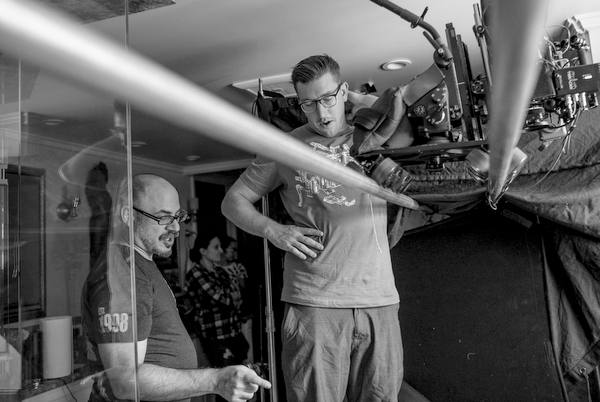
Jason Ragosta UhOH BTS with Pascal Combes-Knoke
indieactivity: What writing tip can you give to filmmakers?
Jason: The two books I swear by, when it comes to screenwriting, are Story, by Robert McKee and The Secrets of Screenplay Structure, by Linda J. Cowgill. McKee’s concept of the “Story Gap” is the most important and concise element of cinematic storytelling I’ve ever come across.
Whether you’re writing a fifteen second bumper or a feature film, the concept of A.) Introducing your character, B.) Getting across a choice they have to make, C.) Their expectation of what will happen when they make this choice, and D.) The totally unexpected result of that choice that forces them to risk more in order to achieve their ultimate goal, is the key to creating a story that keeps the audience engaged.
Each chapter of Secrets of Screenplay Structure has the reader watch a great film and helps them break down that film’s structure, so that you not only learn the key beats of a cinematic story, but also see all of the different ways those beats were utilized by master filmmakers. The only other bit of advice I’d give is don’t be afraid to get weird or write about things that tap into sensitive areas of your own life experience, especially if they terrify you.
If you want to be a writer and/or a director you must find and establish your voice. Otherwise, the best you can hope for is to be technically efficient, and lucky, enough to get hired to tell other people stories which actually isn’t a bad gig if you can get paid regularly to do it.
indieactivity: What is it like working in the Hollywood System?
Jason: At this point in my career, less than a month away from shooting twelve pages of my first feature (as a proof of concept), I’m only just dipping my toes in what most people would regard as the Hollywood System. Even working on John Carter, we were so far removed from LA, (working out of the Barsoom office in Berkeley, before moving the office onto the lot at Pixar) that most of the Hollywood System I was exposed to was by way of Disney executives that came to visit us for meetings and events. All of the execs I met on Carter were really nice and supportive of Andrew Stanton (our director) and the film.
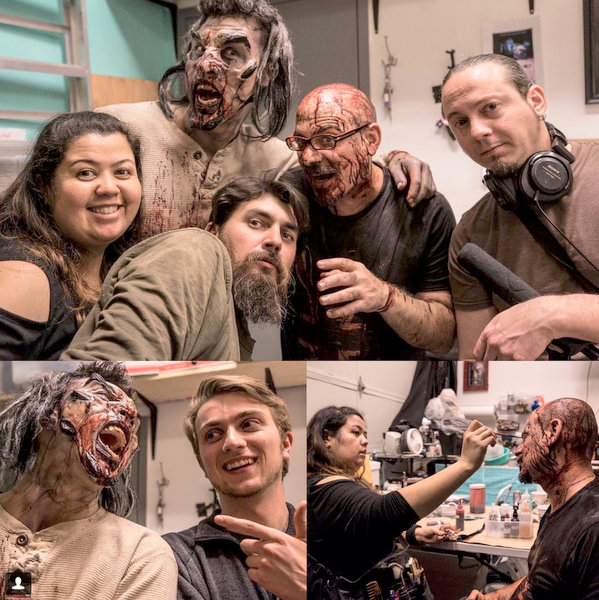
Jason Ragosta Pandora Fx Creature Makeup Team
As far as what I think people just starting out could benefit from knowing on the way in? Don’t expect any coattails to ride on. There aren’t really any short cuts other than a ton of hard work and carving your own path through sheer hustle and distinguishing yourself from the ever-expanding crowd of fellow filmmakers. The other advice I would give is don’t ask for notes on your script or approach a potential mentor in the industry unless you are ready to actually listen to them and follow their lead. Working relationships involve both sides getting something from a deal. You should take time to figure out what you can give before you get too focused on what you can take.
indieactivity: What do you want to change about the film business?
Jason: I believe the Me Too movement, the push for Equal Pay, and Diversity, both in front and behind the camera, are all great steps towards where we really need the Industry to be. Films like Wonder Woman and Black Panther have also proven that the concepts of diversity and gender equality can also be profitable when a solid story finds its audience, and that people are ready for the traditional paradigms to change as long as the focus stays where it always should be, making great films.
The other thing that is changing is the growing influence of VOD platforms and the current battle between Cannes (as well as the major theater chains) and Netflix. As a filmmaker, I want movie theaters to thrive, it remains the greatest way to experience any film, but I also recognize the amazing freedom and opportunity Netflix is giving to visionary filmmakers like Cary Fukunaga (Beasts of No Nation), Jeremy Saulnier (Hold the Dark), and Joon-ho Bong (Okja).
Netflix’s subscription based model frees the directors to create truly unique films’ without their green light and budget being dependent on projected box office performance. Hopefully, both theaters and VOD platforms will find a way to co-exist peacefully, saving more filmmakers (and their films) from getting caught in the cross-fire.
indieactivity: What do you want to be remembered for?
Jason: I’d like to be remembered as a storyteller with a penchant for horror, sci-fi, and memorable characters (many of whom are creatures) with dimension and depth. I have several projects in various stages of development, many of which connect to form shared universes that I look forward to exploring. That’s ultimately what I do, I build universes. I can’t help myself. I’ve written and developed several feature scripts.
They are piled up on my shelf. The first ones were massive, big budget films. Each script that followed has been an effort to strip away the big budget items and scaling the films down to an indie level that I can actually fund and shoot. I’m lucky in that I’m able to explore my larger projects in other mediums. I am currently adapting one of my earlier feature screenplays into a graphic novel called, The Ballad of R’Lyeh. I am also working with a small indie dev team, on a mobile game, the story of which is operating on a truly massive scale.
As far as filmmaking goes, I’d be perfectly happy making cult horror and Sci-fi films that are loved by a core audience, as I would be someday writing and/or directing massive blockbusters, if I ever get the privilege to create on such a scale. But for now, I’m gearing up with my producer, Marisa Garay, to shoot the proof of concept for my first horror feature, ZTV: The PreZerve, and who knows, if things go well maybe I’ll be remembered for that.
Follow Jason Ragosta on Social Media
Website
LInkedIn
Facebook
Twitter
Instagram

